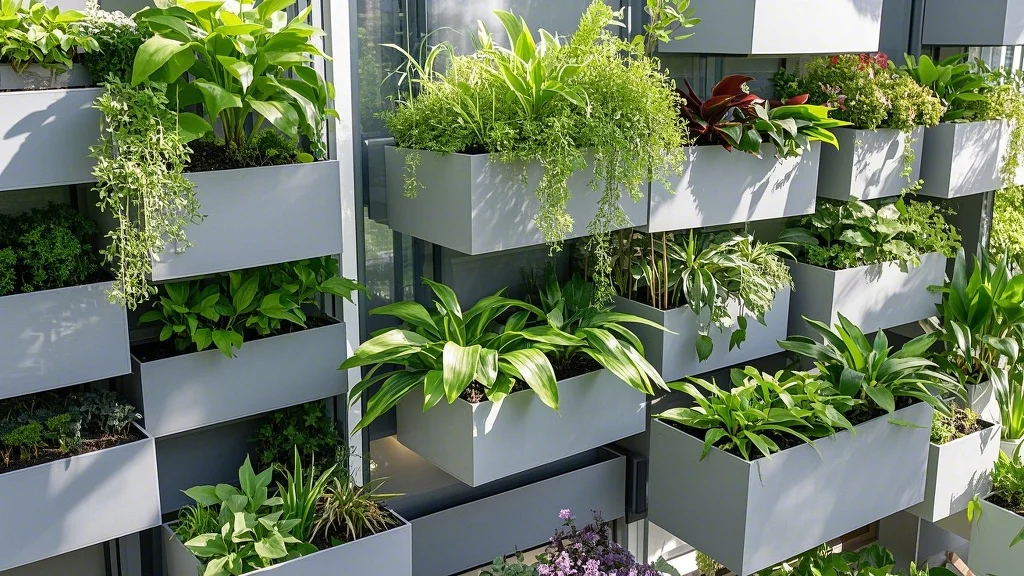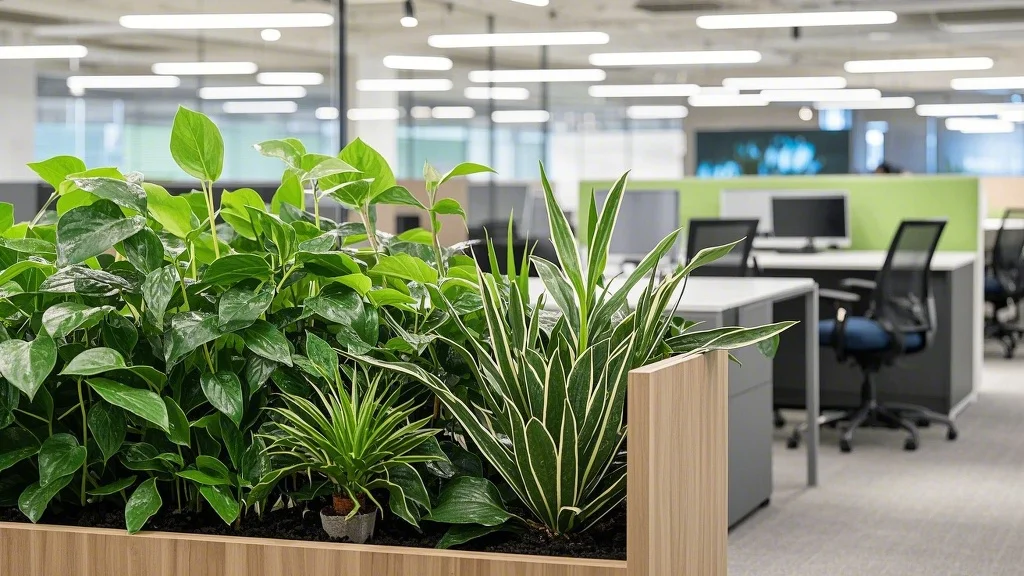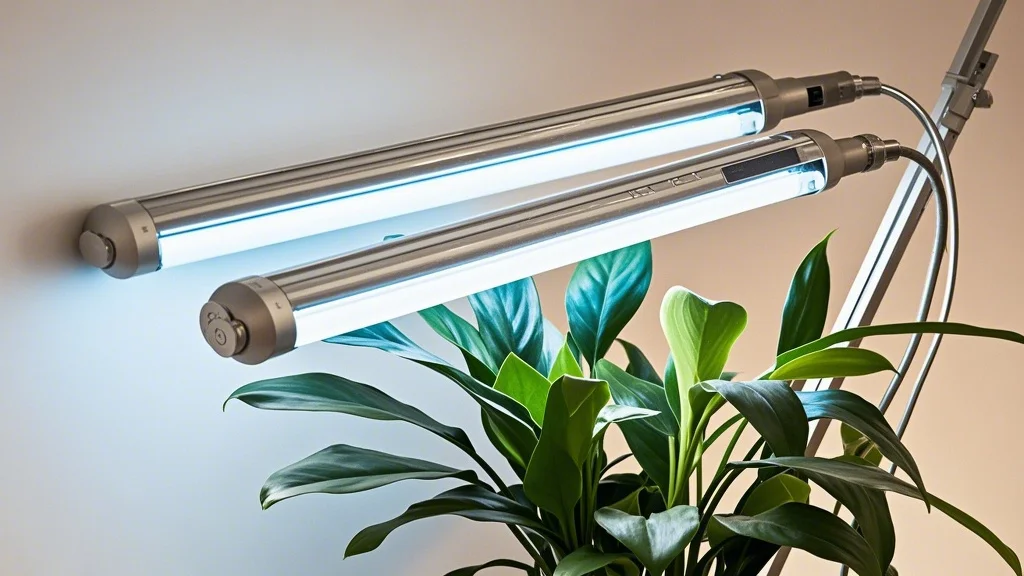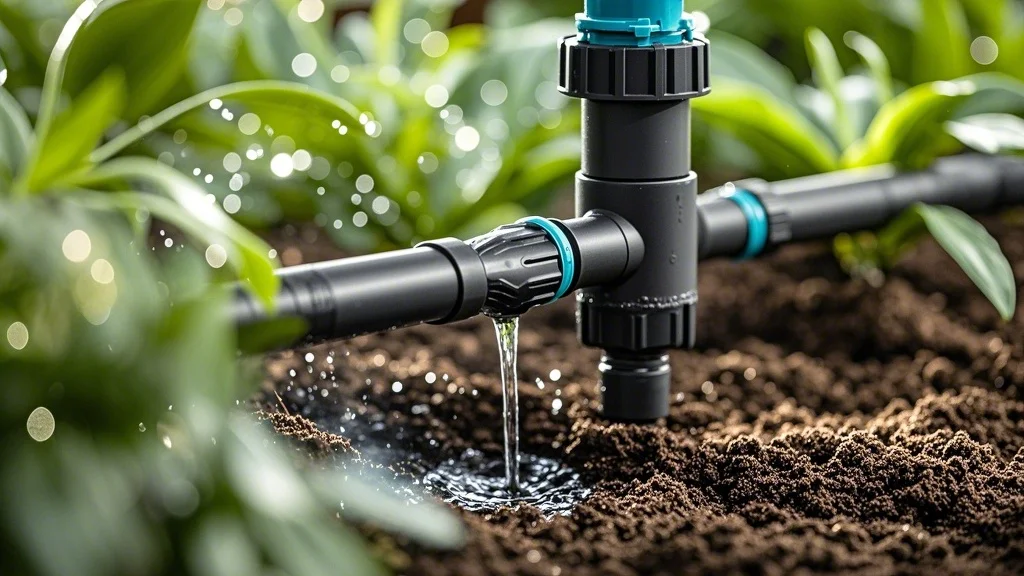In the modern workplace, the integration of nature has become a key element in creating productive and inspiring environments. Office and commercial plant walls, also known as professional vertical gardens, are at the forefront of this green revolution. These living installations not only transform sterile spaces into vibrant ecosystems but also offer numerous benefits for employees and visitors alike.
Contents
- 1 What Are Professional Vertical Gardens?
- 2 Benefits of Plant Walls in Commercial Spaces
- 3 Types of Commercial Plant Wall Systems
- 4 Designing a Professional Vertical Garden
- 5 Installation Process
- 6 Maintenance and Care
- 7 Cost Considerations
- 8 Case Studies: Successful Commercial Plant Walls
- 9 Future Trends in Commercial Vertical Gardens
- 10 Conclusion
What Are Professional Vertical Gardens?
Professional vertical gardens are carefully designed and maintained living wall systems that incorporate a variety of plants in a vertical format. These installations can range from small, modular units to expansive, floor-to-ceiling gardens that serve as stunning focal points in commercial spaces.
Key Components:
- Structural support system
- Growing medium
- Irrigation system
- Lighting (natural or artificial)
- Diverse plant selection
Benefits of Plant Walls in Commercial Spaces
Improved Air Quality
Vertical gardens act as natural air purifiers, removing toxins and increasing oxygen levels in indoor environments. This can lead to:
- Reduced sick days
- Increased productivity
- Enhanced overall well-being of occupants
Acoustic Benefits
Plant walls absorb sound, reducing noise pollution in open office layouts and improving concentration for employees.
Aesthetic Appeal
Living walls create a striking visual impact, enhancing the overall design of a space and leaving a lasting impression on clients and visitors.
Biophilic Design
Incorporating nature into the built environment satisfies the innate human desire to connect with natural elements, known as biophilia.
Brand Image
Green installations demonstrate a company’s commitment to sustainability and employee well-being, enhancing brand perception.
Types of Commercial Plant Wall Systems

Modular Panel Systems
These systems consist of individual panels that can be easily installed and replaced. They offer flexibility in design and maintenance.
Pros:
- Customizable layouts
- Easy to replace individual sections
- Suitable for various wall sizes
Cons:
- May have visible seams between panels
- Limited to pre-designed panel shapes
Tray Systems
Tray systems use horizontal containers stacked vertically to create a living wall.
Pros:
- Good water retention
- Easy to remove and maintain individual plants
- Suitable for larger plants
Cons:
- Can be heavier than other systems
- May have a more structured appearance
Felt Pocket Systems
These systems use a felt-like material with pockets to hold plants and growing medium.
Pros:
- Lightweight
- Highly customizable designs
- Good for small plants and herbs
Cons:
- May require more frequent watering
- Limited root space for larger plants
Hydroponic Systems
Soil-less systems that use nutrient-rich water to sustain plant growth.
Pros:
- Low maintenance
- Efficient water use
- Clean installation
Cons:
- Requires specialized knowledge to maintain
- Limited plant selection
Designing a Professional Vertical Garden
Considerations for Commercial Spaces
- Location: Consider light availability, temperature fluctuations, and visibility.
- Size and Scale: Ensure the wall complements the space without overwhelming it.
- Weight: Verify that the building structure can support the added weight of the living wall.
- Accessibility: Plan for easy maintenance access.
- Integration: Blend the design with existing architecture and interior design elements.
Plant Selection
Choose plants that:
- Thrive in indoor environments
- Have similar care requirements
- Offer visual interest through varied textures and colors
- Align with the overall design aesthetic
Popular choices include:
- Pothos (Epipremnum aureum)
- Spider Plant (Chlorophytum comosum)
- Peace Lily (Spathiphyllum)
- Snake Plant (Sansevieria trifasciata)
- Philodendron varieties
- Ferns (e.g., Boston Fern, Bird’s Nest Fern)
Lighting Considerations
Proper lighting is crucial for the health and longevity of a vertical garden. Options include:
- Natural Light: Ideal for walls near windows or in atriums.
- Artificial Grow Lights: Essential for areas with limited natural light.
- Combination Systems: Blend natural and artificial light for optimal plant health.
Installation Process
- Site Preparation: Assess wall integrity, waterproofing, and electrical needs.
- Structural Installation: Mount the support system securely to the wall.
- Irrigation Setup: Install plumbing and drainage systems.
- Growing Medium Placement: Add soil or other substrate to the system.
- Plant Installation: Carefully place plants according to the design plan.
- Lighting Installation: Set up any necessary grow lights or adjust existing lighting.
- System Testing: Ensure proper functioning of irrigation and lighting systems.
Maintenance and Care
Regular maintenance is crucial for the longevity and appearance of commercial plant walls.
Routine Tasks:
- Watering and nutrient management
- Pruning and plant shaping
- Pest and disease monitoring
- Cleaning of leaves and surrounding areas
- Replacement of dead or struggling plants
Professional Maintenance Services
Many companies offer ongoing maintenance contracts, which can include:
- Weekly or bi-weekly check-ups
- Seasonal plant rotations
- System inspections and repairs
- Remote monitoring of irrigation and lighting systems
Cost Considerations
The cost of a professional vertical garden can vary widely based on:
- Size of the installation
- Complexity of the design
- Choice of plant species
- Type of system used
- Ongoing maintenance requirements
While initial costs can be significant, the long-term benefits often outweigh the investment.
Case Studies: Successful Commercial Plant Walls

Tech Company Headquarters, Silicon Valley
A 1,000 square foot living wall in the main lobby showcases native California plants, creating a striking first impression for visitors and employees. The installation has led to a 15% increase in employee satisfaction and a notable reduction in ambient noise levels.
Financial District Office Building, New York City
A series of modular plant walls were installed to divide an open-plan office space. The green dividers not only improved air quality but also increased privacy and reduced noise complaints by 30%.
Sustainable Architecture Firm, London
A hydroponic living wall system was integrated into the building’s facade, serving both aesthetic and functional purposes. The wall helps regulate indoor temperature, reducing energy costs by 20% annually.
Future Trends in Commercial Vertical Gardens
- Smart Technology Integration: IoT sensors and AI-driven maintenance systems for optimal plant care.
- Biodiversity Focus: Incorporating a wider range of plant species to support urban ecosystems.
- Edible Walls: Integrating herbs and vegetables for employee use and sustainability initiatives.
- Carbon Capture Emphasis: Selecting plants known for their superior air-purifying qualities.
- Modular and Flexible Designs: Adaptable systems that can be easily reconfigured as office layouts change.
Conclusion
Office and commercial plant walls represent a harmonious blend of nature, technology, and design. As businesses increasingly recognize the value of biophilic elements in the workplace, professional vertical gardens are poised to become a standard feature in modern commercial spaces. By improving air quality, acoustics, and overall well-being, these living installations offer a tangible return on investment while creating visually stunning environments that inspire and energize.
For companies looking to enhance their workspaces, professional vertical gardens offer a versatile and impactful solution. As the technology and design of these systems continue to evolve, the future of commercial interiors looks greener and more vibrant than ever before.









